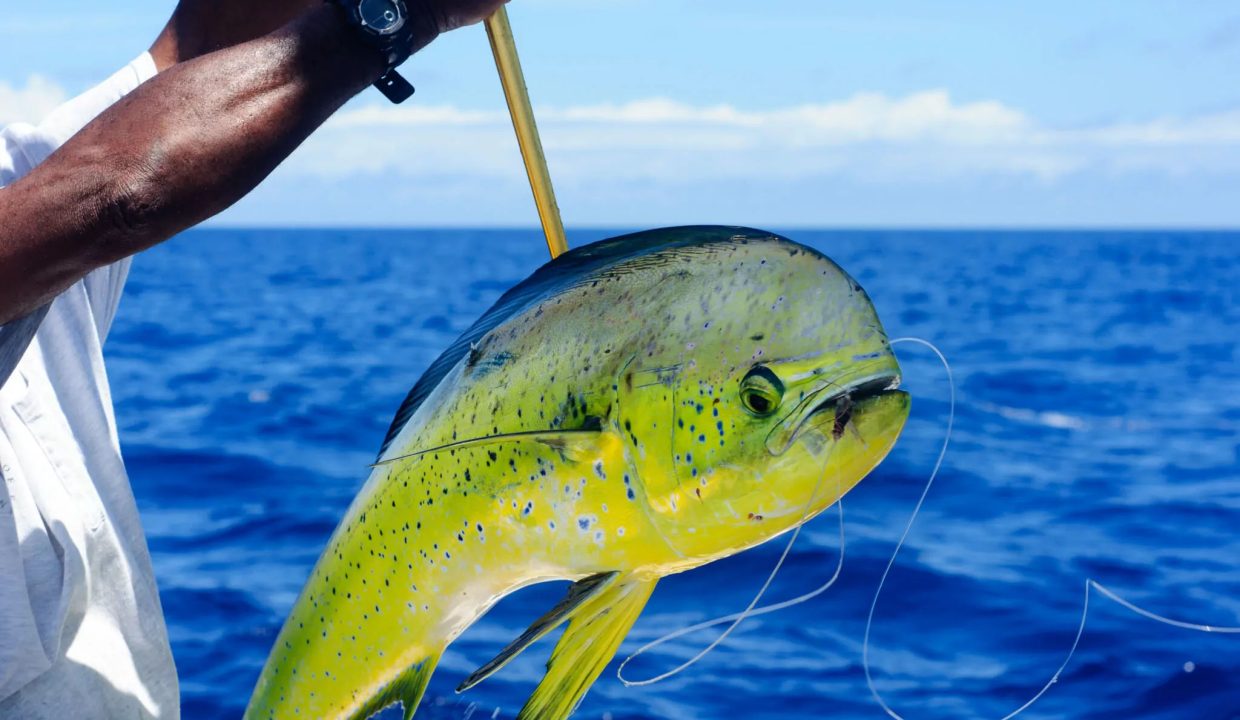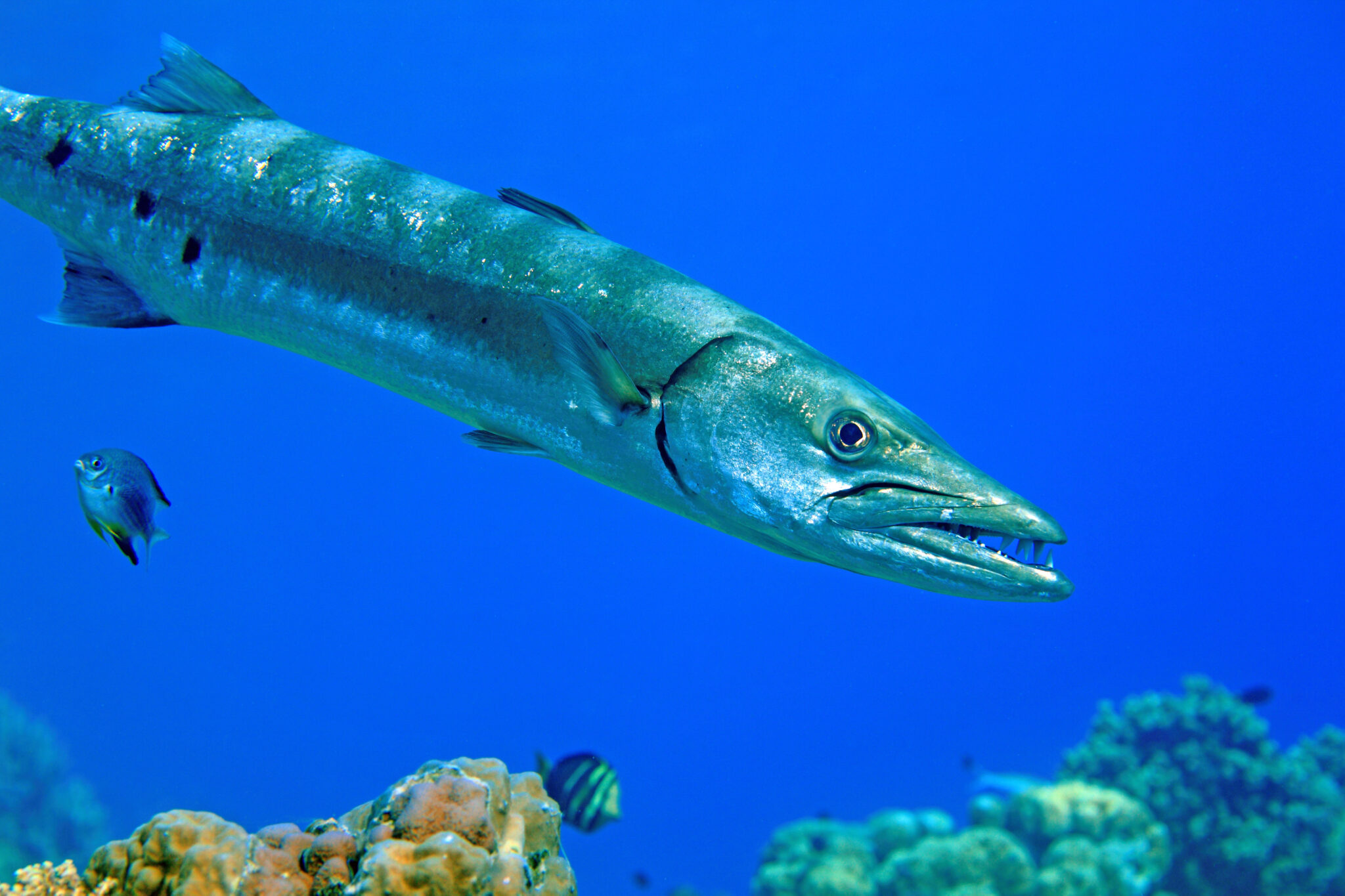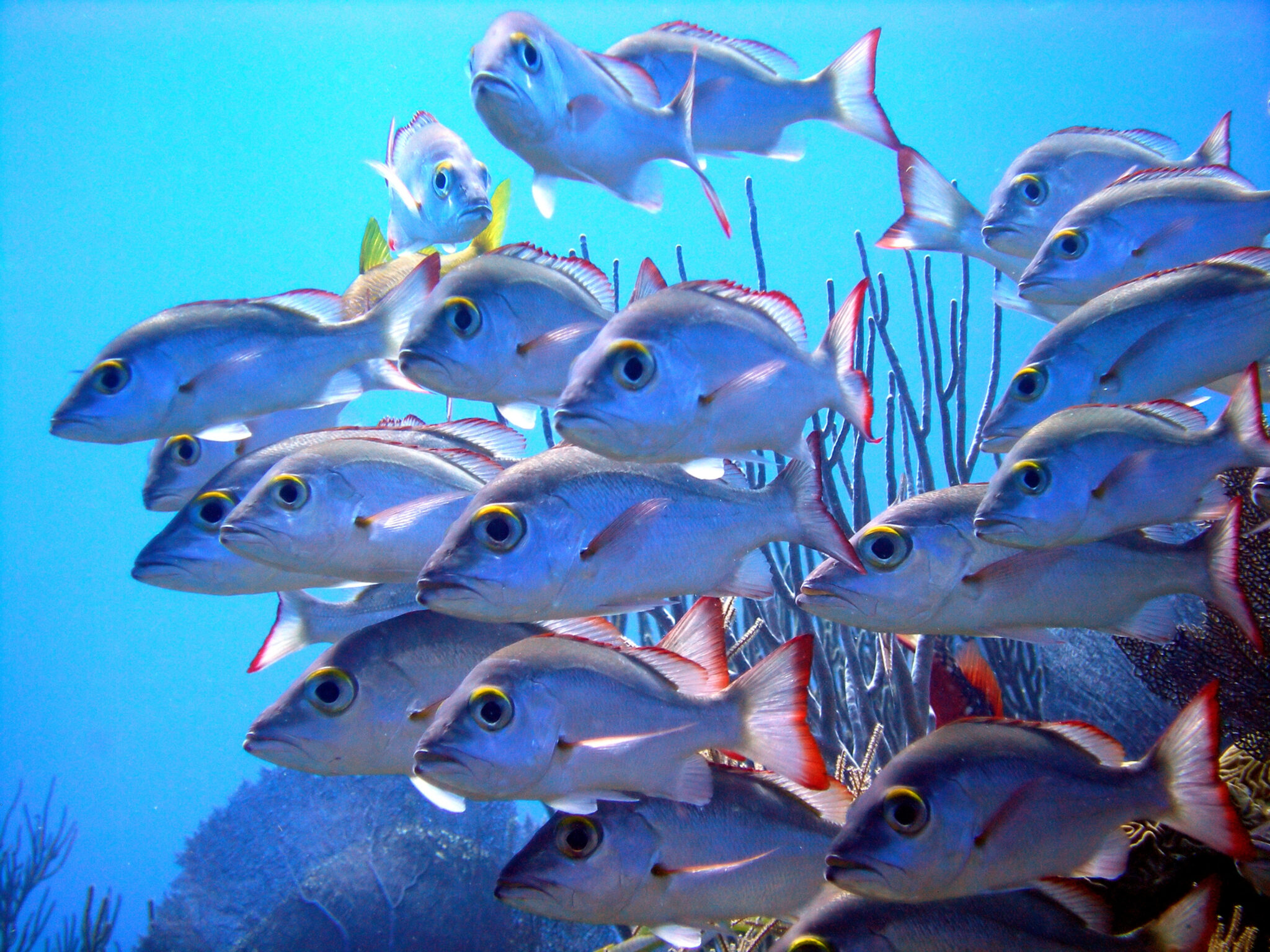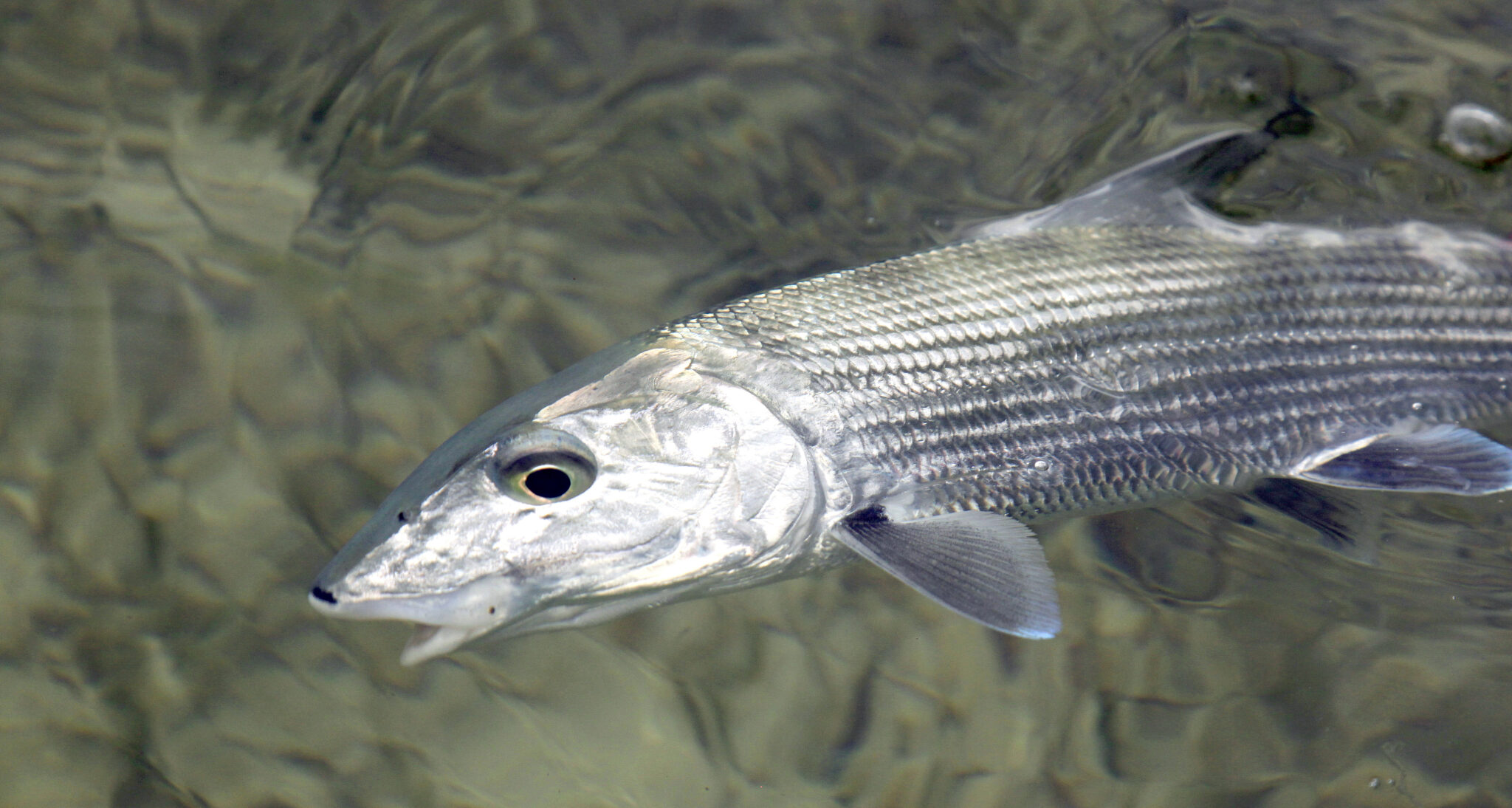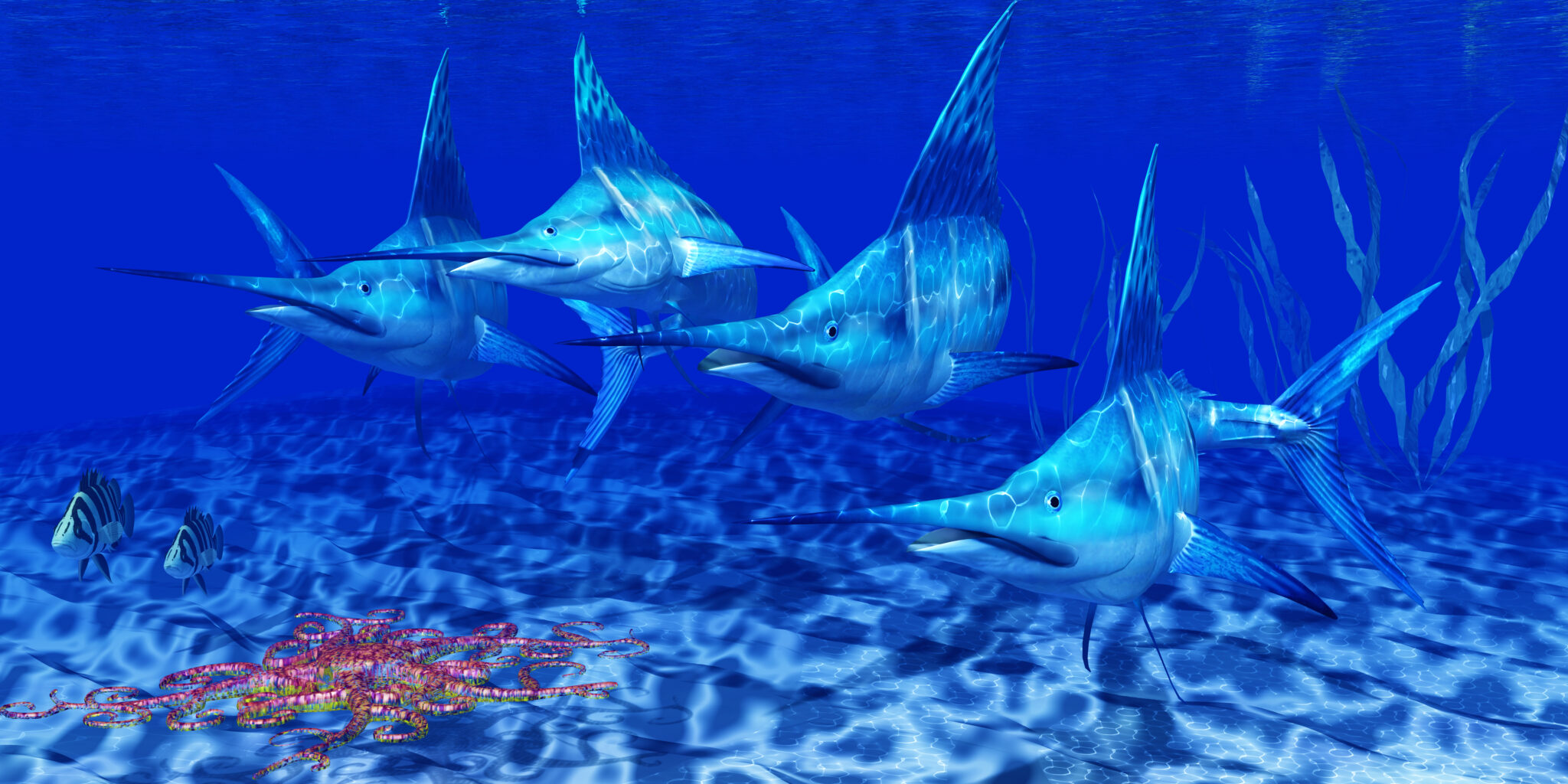Fishing In The Cayman Islands
The waters surrounding The Cayman Islands are teeming with a huge range of fish, including wahoo, tuna, mahi mahi, barracuda, blue marlin and a great variety of tropical fish. From deep sea, to shore, and everything in between, the options for fishing in Grand Cayman are abundant and sure to satisfy even the most experienced angler!
Deep Sea Fishing
The joy of deep sea fishing in Cayman is that the drop off is only a quarter of a mile from shore where depths reach 800m. Not far after that, the Cayman Trench extends down to 20,000 feet where the sea is teeming with fish life. With depths this close to shore, you’ll spend more time fishing and less hours getting to and from fishing grounds!
Going further offshore and fishing in deeper waters means you’ll have a greater chance of catching sport fish. Expect to catch wahoo, tuna, mahi mahi (also called dolphin, locally), barracuda and blue marlin weighing over 20lbs. The heaviest fish ever caught in Cayman waters was a 250lb blue marlin! Wahoo season runs from November to March and tuna from March to June. Marlin and mahi mahi are plentiful throughout the year, eager fishermen will be happy to note!
Inshore Reef Fishing
Grand Cayman is almost entirely surrounded by a coral reef that is home to an abundance of tropical fish. These ecosystems are hugely bio diverse – supporting all degrees of marine life from smaller bait fish through to top order predators. It is this characteristic which makes them a fisherman’s dream! With such a wealth of fish, reef fishing is a great activity for the whole family as even the youngest fishers are almost guaranteed success.
For inshore fishing, expect to reel in yellowtail, snapper, blue runner, bar jack, barracuda and smaller reef species. Catch and release is encouraged to avoid depletion of stocks and it is reassuring to know that survival rate of released fish in shallow waters tends to be higher than that of deep sea fishing. However, fish within legal size limits can be taken home. In season you will also have the opportunity to dive for conch and lobster.
It is also very important to practice safe fishing methods when fishing near a reef. Destructive fishing methods, such as fishing using gill nets and beach seines can damage surrounding coral reefs as they drag on the ocean floor. Such fishing methods are prohibited in the Cayman Islands. It is an offence to cause damage to a coral reef through anchoring and there are restrictions on how close you can anchor to any coral heads. If you witness any persons breaking these laws it is important to contact the Department of Environment!
Shore Fishing
Anyone is allowed to fish from the shore in Cayman but the practice of catch and release is encouraged. You can expect to catch grunts, snapper, Sergeant Majors and maybe a barracuda for the more determined angler!
Whilst there are numerous beaches and flats suitable to fish from across the island, it’s important to find a space relatively free from crowds for the mutual benefit of both fishermen and beach goers. When fishing from docks, remember to look out for the wake of passing boats as this can affect your cast. There are a few quieter docks and boat ramps dotted around the island that may be worthwhile spots to fish from. Smith’s Cove (Smith Barcadere) is a popular spot for beach goers and snorkelers, but this sandy cove is framed on either side by a stretch of iron shore ideal to cast your line off of, away from swimmers and tourists.
Due to the number of coastal restaurants across the island that feed them, tarpons can often be found inches from the shore in groups of 20-30. You will be hard-pressed to find an adequate fishing spot in these typically tourist-filled areas; however it’s worth investigating if you’re curious and after a meatier catch!
Most grocery stores and gas stations across the island stock frozen ballyhoo and squid by the pound, ready for rigging.
Bait and Tackle
Without the right equipment, you’re likely setting yourself up for a loss on your deep sea fishing trip! While a catch is never guaranteed when fishing, using the right bait and tackle increase your chances of reeling in that trophy catch.
There are many different types of fishing rods, suited to different styles of deep sea fishing, so research your options to ensure you have chosen the right fit for the kind of fishing you intend on doing.
As with gear, the type of bait you use when fishing can vary too! Depending on the type of fish you are hoping to catch, you may consider a range of bait options – from lipless crankbaits to rattle baits. To gain some insight on which option works best for deep sea fishing in Cayman, speak to a professional at any of the marine supply stores on island.
Little Cayman
World class offshore, sports and deep sea fishing and fly fishing can be done in Little Cayman. If you’re staying at a hotel on the island – bring your catch back at the end of the day and your chef will cook it up for your next meal. It doesn’t get fresher than that!
Catch and release is practised in the Cayman Islands and local anglers respect Marine Conservation Laws.
- Tuna, wahoo, mahi mahi and occasionally marlin are caught year–round. The drop off is very close to shore, so boats spend very little time getting to fishing grounds, maximising the time spent actually fishing.
- Bonefishing is an exciting sport that can be done in the flats of South Hole Sound, almost directly in front of the resorts in this area. South Hole Lagoon and Owen Island are well known spots for bonefish. Bone fishing in the flats off the southern shore is very exciting and guides can take you on a full or half day trip. Bonefish caught in this area typically weigh 3-8lb, while permit weighing as much as 35lb school off the south-eastern end of the island. All Tarpon Lake and flats’ fishing species are catch and release only and guides will usually take you out on a half day trip
- Fly Fishing for permit, bonefish and tarpon in the flat inshore waters is particularly good in Little Cayman.
- Sports fishermen will enjoy trying to catch tarpon. These notorious fighters live in Tarpon Lake, an inland lake where a school of tarpon have been trapped since a storm cut off access to the sea. Tarpon fishing usually takes place at sunrise and sunset, and a revive and release policy is in effect.
Cayman Brac
Cayman Brac is a popular destination for deep sea fishing. Traditionally, fishing was necessary for putting dinner on the table, and a means of earning a livelihood for your family. Today, Cayman Brac’s rich waters are the site of a number of notable fishing tournaments, such as the Brac Jackpot and the Cayman Islands’ International Fishing Tournament. Anglers keen on reeling in their next big catch flock to the Brac’s waters, where Wahoo, Tuna, Mahi Mahi and Blue Marlin are aplenty. Check your hotel information booklet for charter information.
